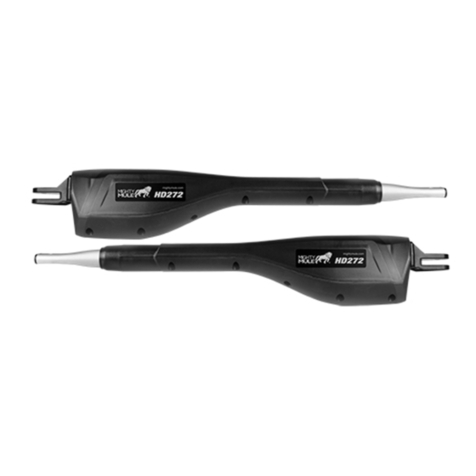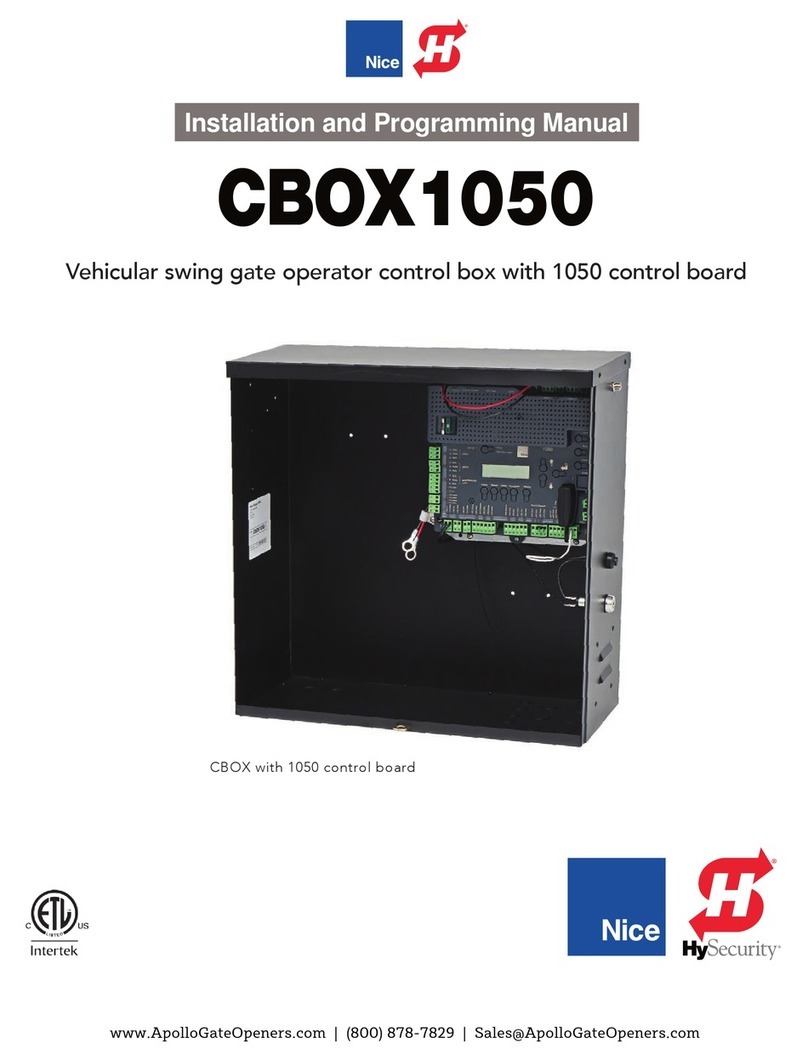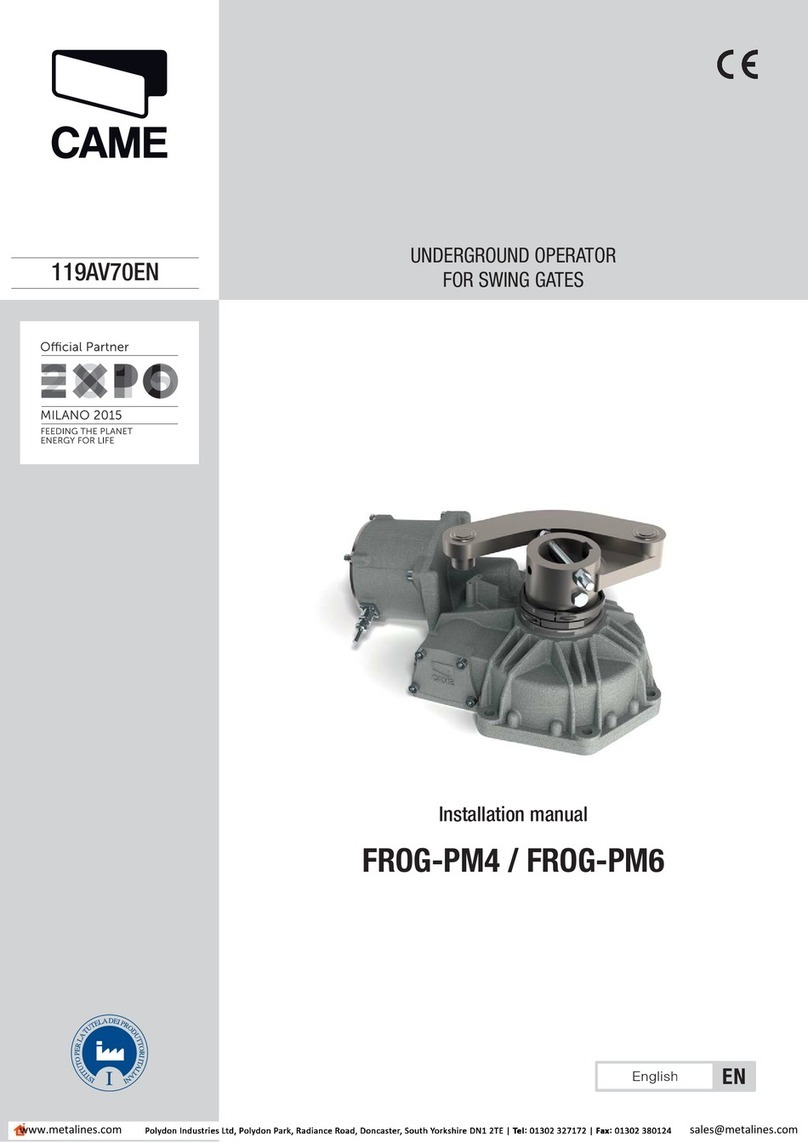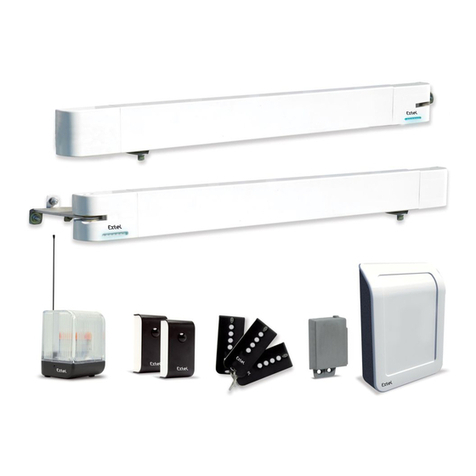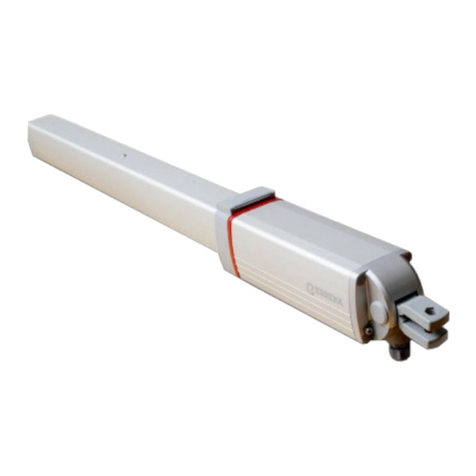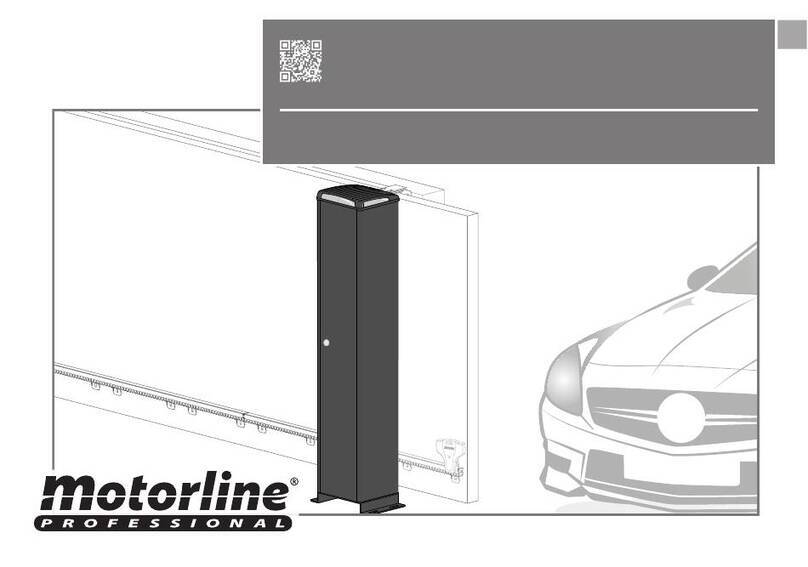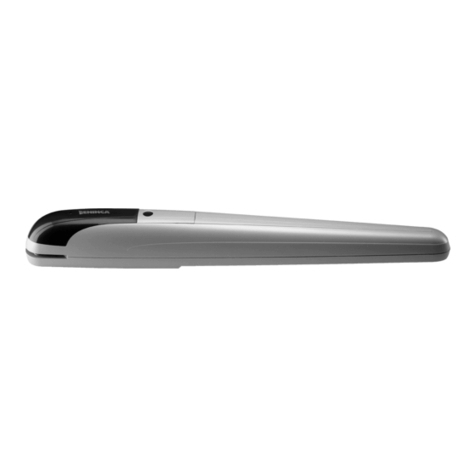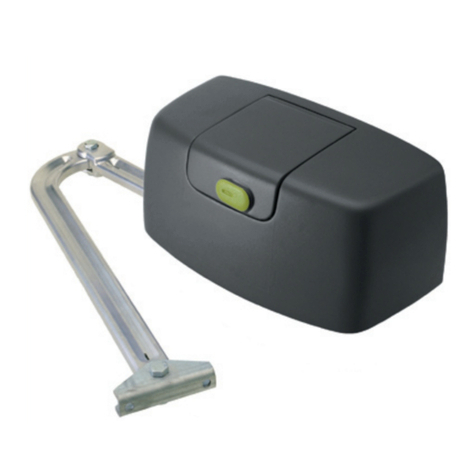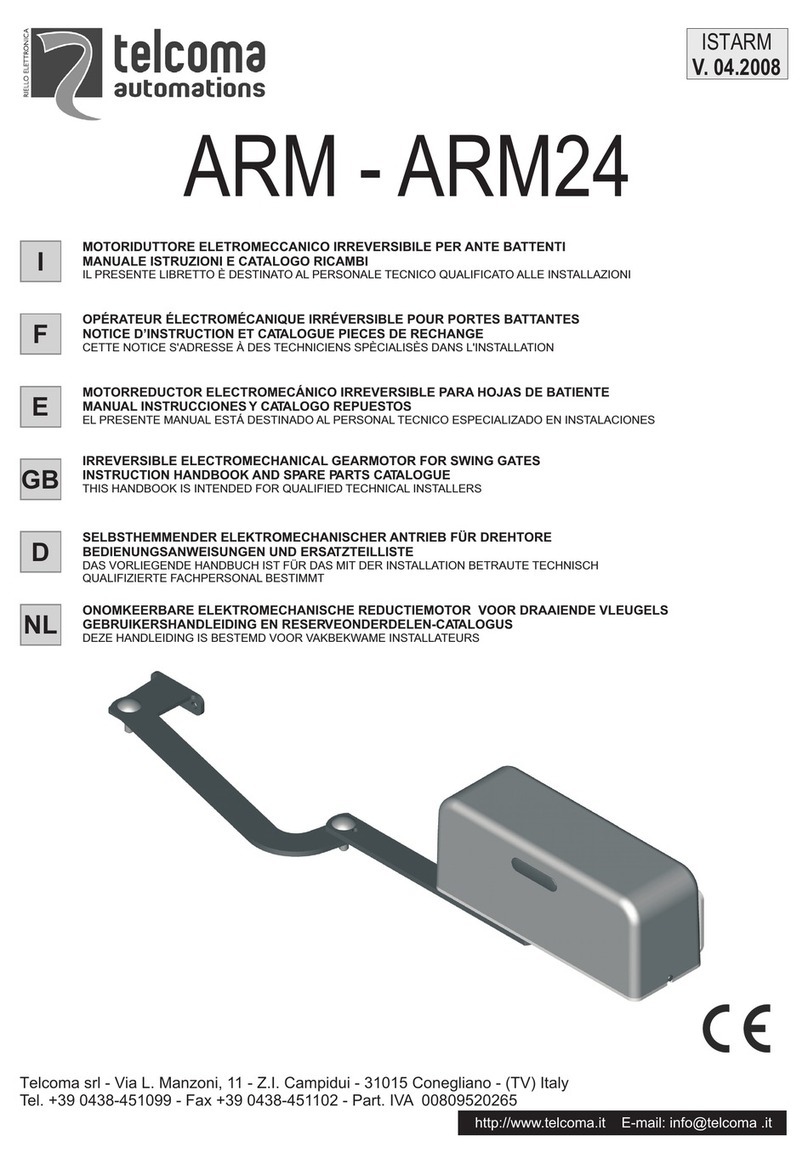
ACM 400 S motor control unit
2 / 24
Contents
1) Safety Characteristics...........................................................................................3
2) Intended Purpose .................................................................................................3
3) Technical Specifications .......................................................................................3
4) Requirements .......................................................................................................5
a) Legal requirements ........................................................................................5
b) Technical qualification requirements..............................................................5
5) Installation.............................................................................................................6
a) The suitable installation location....................................................................6
b) Installation......................................................................................................6
6) Connect ................................................................................................................6
a) Cables............................................................................................................7
b) System (mains)..............................................................................................7
c) 400V motor (3~).............................................................................................7
d) 230V motor (1~).............................................................................................7
e) Limit switch ....................................................................................................7
f) Open/Closed/Stop input [X9]..........................................................................8
g) Emergency stop [X19]....................................................................................8
h) Membrane keyboard [X3.3], [X1], [X5]...........................................................9
i) Universal input [X8.1].....................................................................................9
j) Pulse input [X8.2].........................................................................................10
k) Dead man’s mode (not possible via radio!) ..................................................10
l) Power supply for sensors [X7] .....................................................................11
m) Method of connection for "self-test"..............................................................11
n) Speed sensor [X7]........................................................................................11
o) Photoelectric barrier [X7]..............................................................................11
p) Closing edge safety device [X7]...................................................................11
q) Light outputs [X10].......................................................................................12
r) Universal output [X12]..................................................................................13
s) Radio receiver (optional) [X4].......................................................................13
7) Putting into Service [X2]......................................................................................14
a) The LEDs auf der printed circuit board.........................................................14
b) The LEDs on the membrane keyboard [X5].................................................14
c) Displayed errors [X2.1], [X5.4].....................................................................15
8) Programming [X2]...............................................................................................16
a) Functions of the pushbuttons.......................................................................16
b) Start programming mode .............................................................................16
c) Select menu / change value.........................................................................16
d) Reset............................................................................................................16
e) Change block...............................................................................................16
f) Quit programming mode ..............................................................................16
9) Operation............................................................................................................17
a) Selg-test.......................................................................................................17
b) Normal operation [X2.1], [X5.1]....................................................................17
c) Emergency operation...................................................................................18
d) Read out trip counter....................................................................................18
10) Disposal..............................................................................................................19
11) Extensions/Add-Ons...........................................................................................19
12) Menu Table.........................................................................................................20
13) Figures/Diagrams ...............................................................................................22
14) Block CIRCUIT DIAGRAM..................................................................................24
